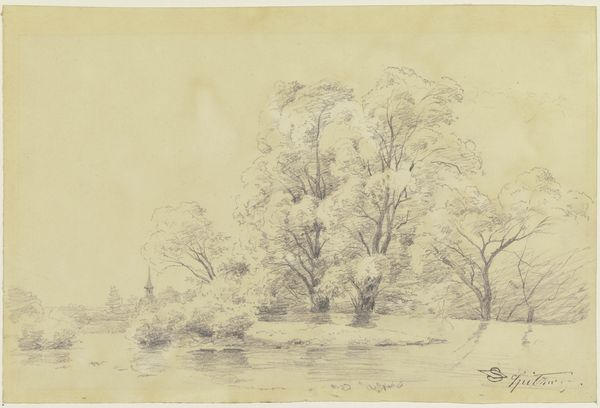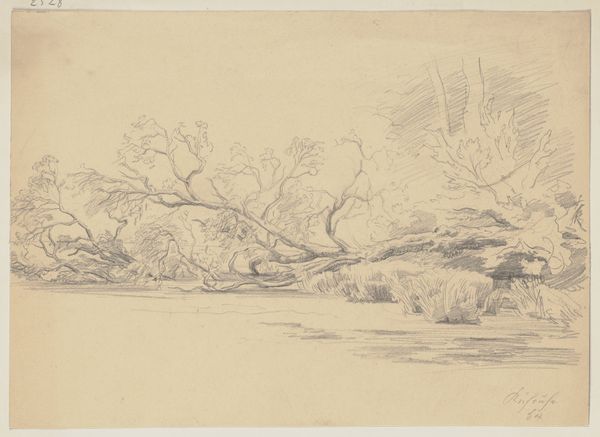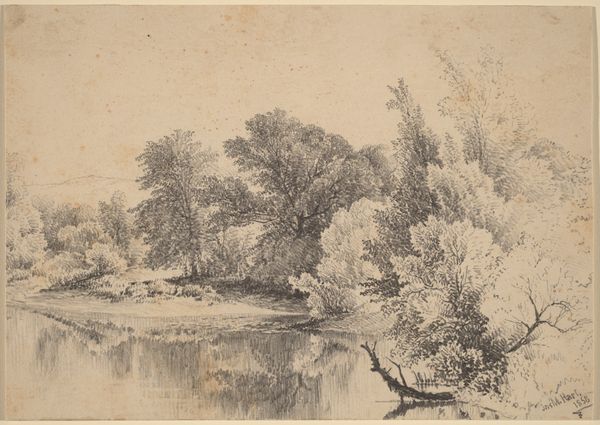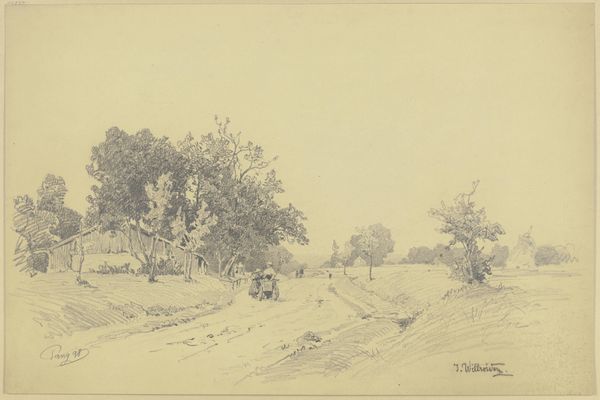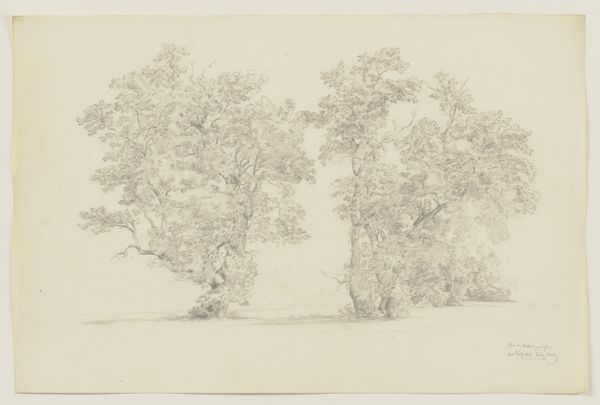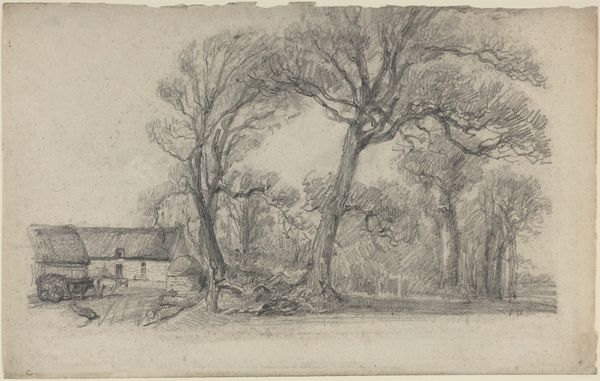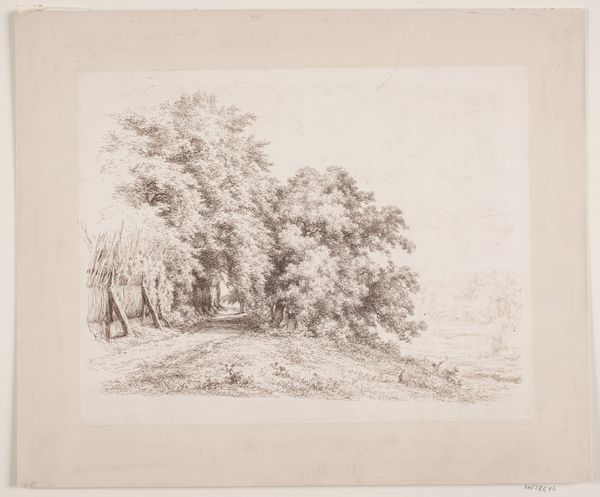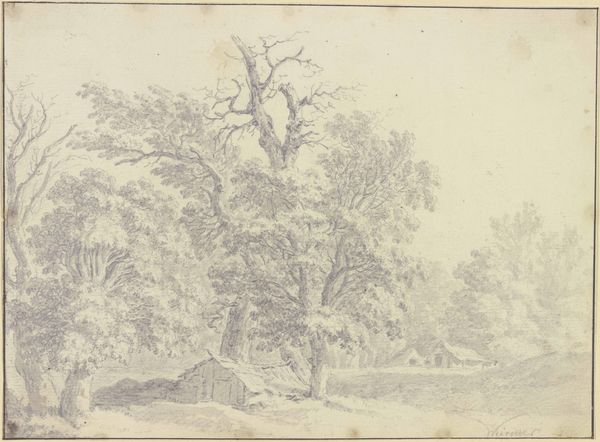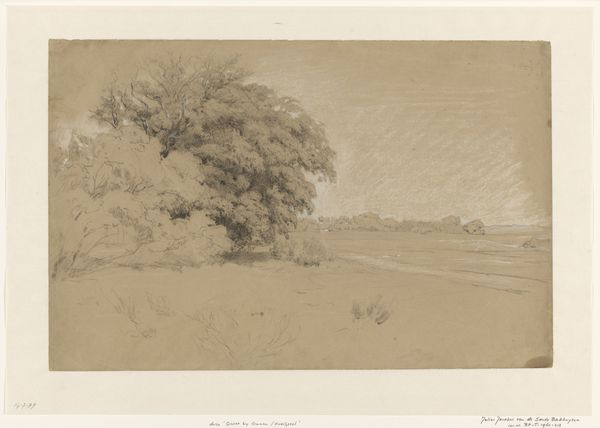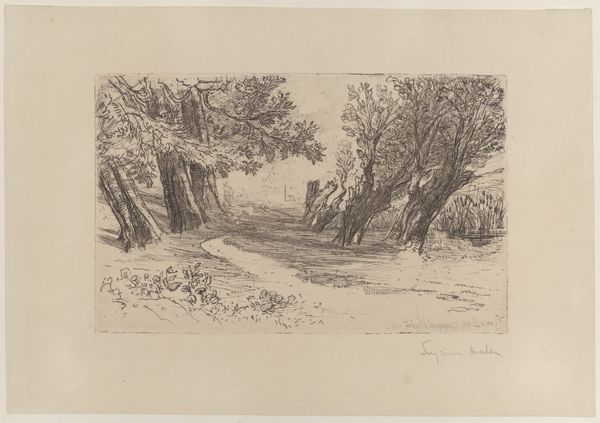
drawing, plein-air, pencil
#
drawing
#
plein-air
#
pencil sketch
#
landscape
#
pencil
#
realism
Dimensions: sheet: 28 × 44.3 cm (11 × 17 7/16 in.)
Copyright: National Gallery of Art: CC0 1.0
Aaron Draper Shattuck created this pencil drawing, "Stowe, Vermont," on paper, likely in the late 19th century. Shattuck, born in 1832, came of age during a time of immense social and environmental change in the United States. Landscape art of this period often reflects an ambivalence toward industrialization and westward expansion. On one hand, artists celebrated the beauty and potential of the American landscape. On the other, they mourned what was perceived as the loss of an unspoiled, pre-industrial past. The way Shattuck renders the Vermont landscape speaks to this complexity. The drawing conveys a sense of pastoral calm, yet the marks of human presence are evident. Consider the emotional weight of such images. Did they truly offer solace, or did they function as a reminder of what was being lost? And for whom was this loss most palpable? The story of landscape art is also a story of class, race, and power, a story that continues to resonate today.
Comments
No comments
Be the first to comment and join the conversation on the ultimate creative platform.

